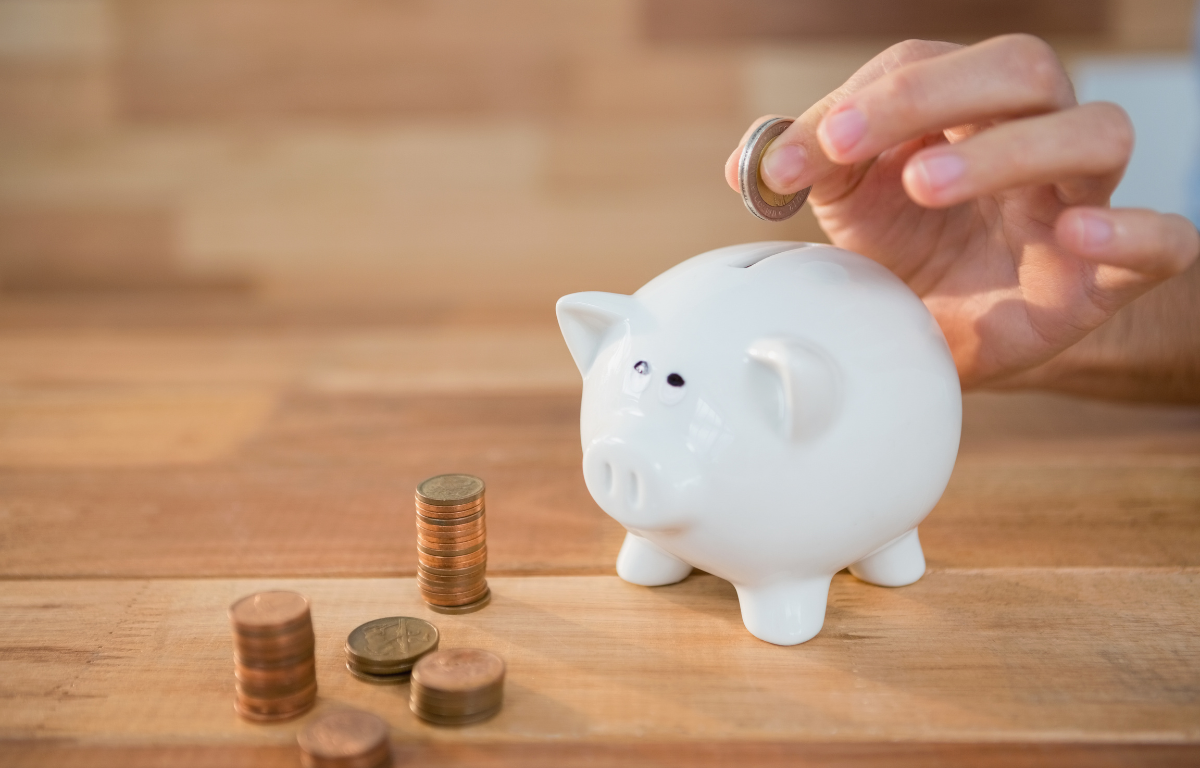Life is full of peaks and valleys, a leak from a hot water heater can flood a room, your vehicle might break down and need expensive repairs, or you can come down with an illness that results in costly medical bills. We can’t always be prepared for the physical or emotional challenges life hands us, but we can be prepared to pay the bills by knowing how to build an emergency fund.
Essentially, an emergency fund is the cash you’ve saved up for the sole purpose of helping you maintain your everyday life as you navigate through an emergency such as an unexpected vehicle repair, a job loss, or an illness. If you’re in a financial crunch, emergency savings will give you the safety net to fall back on until you get back on your feet. But without any emergency savings, you’ll likely end up borrowing money from family and friends, neglecting your existing payment obligations, or putting purchases on a high-interest credit card, all of which can drive you into debt. You will get to know everything about building the right emergency fund in this blog.
Answering the question, ”How to build an emergency fund?” is that it takes discipline, time, and some sacrifices, but it can be done. If you’re not sure how to save for emergencies, this blog has got your back. Here are some tips for building an emergency fund and how much to keep in an emergency fund, so you’ll be able to weather the financial challenges life throws your way.

Steps To Build An Emergency Fund
Break Down Your Savings Goal Into Smaller Steps
Some financial experts recommend saving for 3-6 months worth of living expenses. Although this is certainly a goal to aspire to, knowing how to build an emergency fund of this magnitude is a daunting task. Hence, as a result, many of us throw in the towel before even getting started.
It takes a long time to build savings, so it’s important to start out small and build from there. Some people set a large goal for their emergency fund right off the bat, only to discover down the road that it’s going to take much longer than anticipated. Along the way they’ll start to get discouraged, and eventually give up altogether.
While you’re learning how to build an emergency fund, give yourself time and don’t get discouraged. Even if you were to save $10 a week, you’ll have over $500 in a year, which makes a world of difference when you’re dealing with an emergency. What’s important is that you take action and start saving, no matter how small, and remain consistent. Rome wasn’t built in a day, and the same goes for an emergency savings fund.
Also Read: Important Tips On Dealing With Debt
Open a Separate Emergency Savings Account
Once you have a savings goal in mind, the next step is to open a savings account, which should be kept separate from your daily spending account. Shop around and find a financial institution that can give you a savings account with a decent interest rate and no-fees or low-fees.
Do your due diligence and research any fees and charges you may incur by, before opening an account with a particular financial institution. How much you earn in interest is something to consider, but it’s not the reason why you’re doing this.
Having a separate savings account builds a psychological wall between the money you can touch, and the money you shouldn’t touch. If you lump in your emergency fund money together with the funds in your regular checking account, you’ll be more tempted to spend it because you’ll see it regularly, and it’s easily accessible.
Automate Deposits into Your Savings Account
Now that you have an account designated specifically for emergencies, the next step is to automate deposits so that they go directly into your savings account. You can do this yourself through online banking, or by visiting your financial institution.
The easiest way to approach this step is to treat your emergency fund as you would a bill. Incorporate your fund contributions into your budget and make it a point to make a payment at least once a month, as you would for your other bills. If you approach your fund as a bill, you’ll prioritize where your money goes.
By scheduling automatic payments to your emergency fund, you won’t have to remind yourself to transfer money to your fund, and you won’t be tempted to spend it on something else. If you can’t see the money sitting in your checking account, you can’t spend it!
What’s important is that the amount you put towards your fund is affordable, realistic, and in line with the savings goal you identified earlier on. The smallest amount will do wonders to help you establish a small nest egg, while instilling a savings mindset and the discipline you need to help you reach your goals. Remember that paying yourself first is the key to building a sufficient emergency fund.
Now’s the right time to secure a safe education loan! Fill the form in this blog TODAY!
Look For Ways to Boost Income and Cut Expenses
In addition to funneling your extra cash into your savings fund, increasing your cash flow and cutting back on expenses can make a world of difference. You can create an emergency savings planner to manage your expenses and income. Closets, basements, garages, and storage lockers can be a goldmine for stuff you don’t need, so clean them out and put all your old and unused items on sale on Craigslist or Ebay. You’ll be surprised how many people are willing to pay money for your set of old dumbbells or that bridesmaids dress you wore once.
Getting a side hustle is another great way to boost your income. If you enjoy writing, consider freelancing a few articles or blog posts. If you’re particularly crafty, monetize on your skills by selling your wares on Etsy. If you’ve got a few spare hours on your hands, fill out surveys, offer to run errands, or sign up for paid focus-groups.
PS: If there’s anything more you’d like us to know about. Add it to the comments section!
Thank you for reading this blog on ‘How To Build An Emergency Fund?’ If you’d like to read more, here are some blogs that might be of interest to you:










0 Comments